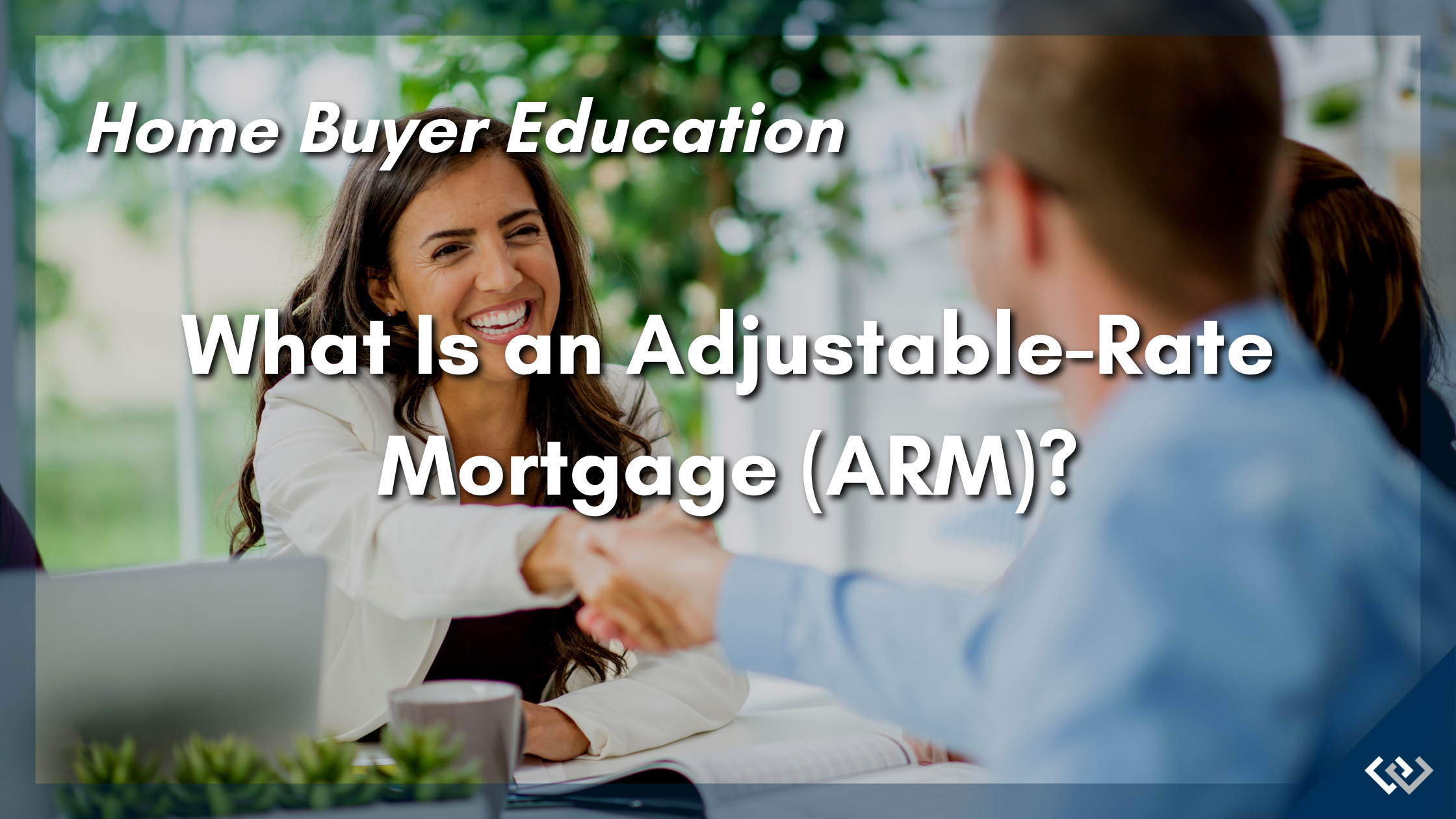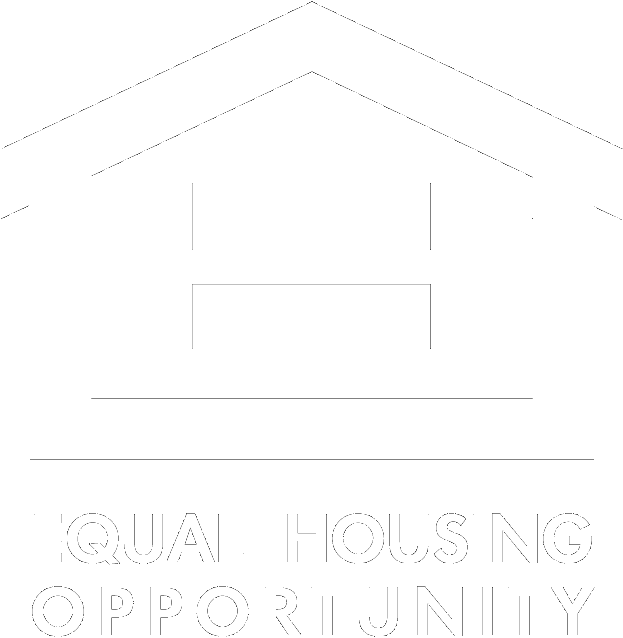What Is an Adjustable-Rate Mortgage (ARM)?

Contributed by Si Fisher
It’s no secret that interest rates have continued to rise, and are now substantially higher than even just 3 months ago. For this reason, different loan products are coming back into “fashion”. As a buyer it is important to understand the options available to you when financing your home. That’s where we come in! In this edition of “Home Buyer Education” we are going to answer the question “What Is an Adjustable-Rate Mortgage (ARM)?”
What Is an Adjustable-Rate Mortgage (ARM)?
An adjustable-rate mortgage, or ARM, is a type of home loan that starts with a fixed interest rate for a specified period of time, typically five years. After that initial period ends, the interest rate will adjust annually based on current market conditions. Because the interest rate can change over time, your monthly payment may go up or down.
An ARM can be a good option if you plan to own your home for only a few years, since it typically offers lower interest rates than a fixed-rate mortgage. It can also be a good choice if you expect your income to increase in the coming years, which will help you afford any potential increases in your monthly payment. However, if market conditions cause interest rates to rise sharply after the initial fixed-rate period ends, you could end up paying more than you would with a fixed-rate mortgage.
Be sure to ask your lender about how often and by how much the interest rate on an ARM can change. You should also make sure you understand how the payments will change if rates rise or fall. That way, you can be sure an ARM is the right choice for you before you apply for a loan.
Contact a local expert about financing your next home
Different Types of Adjustable-Rate Mortgages (ARMs)
Payment-Option ARM:
With a payment-option ARM, you will have the freedom to select your monthly payments, including interest-only payments and minimum payments that don't cover interest. When interest rates rise, these loan options can potentially land homebuyers in trouble.
Interest-Only ARM:
In an interest-only ARM, you only make interest payments only for a certain amount of time before beginning to make principle payments as well. When the delayed principal payments are added in, your payments will increase. Also the longer the introductory period is, the more this increase will be.
Hybrid ARM:
A hybrid ARM begins with a fixed-rate introduction phase and then transitions to an adjustable-rate period, as previously mentioned. A hybrid ARM's fixed-rate phase typically lasts three to ten years, and during the adjustable-rate period, rates vary at a predetermined frequency, such as once every six months or once a year.
Pros and Cons of an Adjustable-Rate Mortgage (ARM)
Pros
- You can budget and save money thanks to the low introductory rate before the adjustable-rate term begins.
- If you intend to sell the property in the near future, you can use the sale profits to settle your mortgage before the fixed-rate period expires.
- Your interest rate and monthly payments can go down if the index declines over time.
- You can budget and save money thanks to the low introductory rate before the adjustable-rate term begins.
Cons
- A fixed-rate mortgage can be a preferable choice if you want to reside in the house for an extended period of time.
- Your monthly payments can become unmanageable if you don't know how interest rates will change.
- An ARM makes financial planning more challenging since you can never predict what your monthly payments will be from one year to the next.
- A fixed-rate mortgage can be a preferable choice if you want to reside in the house for an extended period of time.
Article contributed by:



